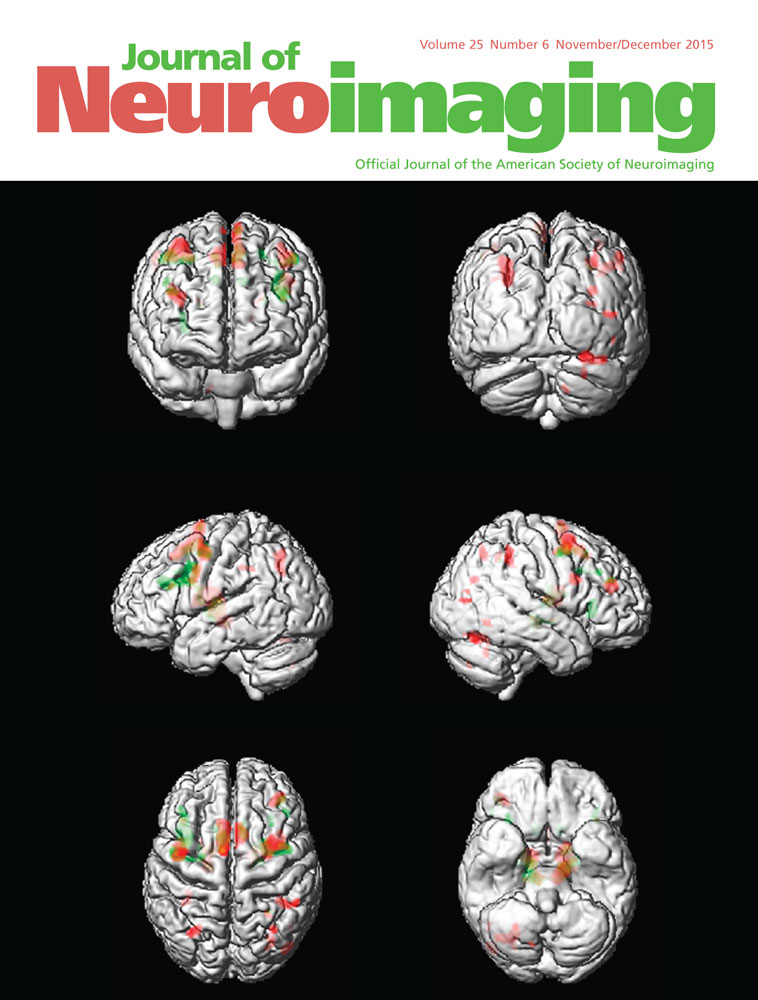Optic Nerve Sheath Diameter Measurement to Identify High-Risk Patients for Spinal Ischemia after Endovascular Thoracoabdominal Aortic Aneurysm Repair
ABSTRACT
BACKGROUND & PURPOSE
Thoracic endovascular aortic repair (TEVAR) is associated with a reasonable risk of spinal ischemia. As cerebrospinal fluid pressure (CSFP) is correlated with the rate of paraplegia, a non-invasive method to estimate CSFP could help to estimate the patient's individual risk and guide the therapeutic approach. The quantification of the optic nerve sheath diameter (ONSD) using ocular sonography (OS) could be a suitable technique and was examined in the present study.
METHODS
28 patients with TEVAR were included. Five consecutive measurements of the ONSD were performed in each patient. The first before the intervention (“baseline”), the next immediately postinterventional at the intensive care unit (post1), measurements 3, 4 (post2, post3) on day 1 and 2 after the intervention and number 5 (post4) before discharge. Statistical analysis was done using the Wilcoxon-test. A p-value < 0.05 was considered statistically significant.
RESULTS
A significant increase between baseline and post1-measurements (right eye: p = 0.006; left eye: p = 0.02) could be detected. A significant decrease was detected between post1 and post3 (right eye: p = 0.02; left eye: p < 0.01). A group of 5 patients had an additional increase of ONSD from post1 to post2, one of these patients developed a permanent paraplegia. Patients with spinal catheters had significantly lower ONSDs at nearly all time points.
CONCLUSION
The present study is the first to prospectively examine and prove the possibility to monitor CSFP changes in patients with TEVAR associated transient spinal edema using OS. Systematic factors as artificial ventilation and body positioning did not have a significant effect.




